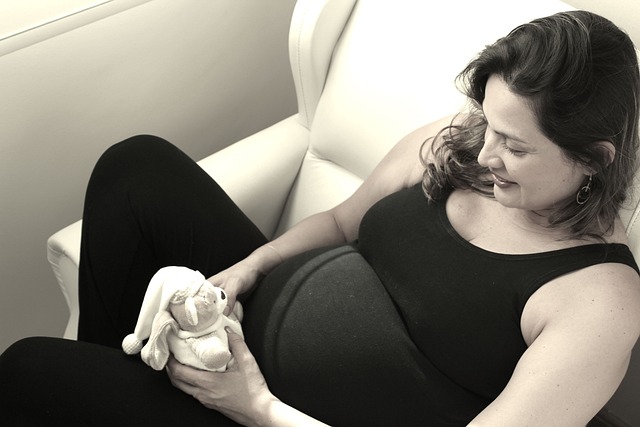Written by Sarah Thompson, Reviewed by Alex Martinez
Egg freezing, also known as oocyte cryopreservation, has emerged as a popular choice for those wanting to safeguard their fertility. Let’s dive into the latest scientific breakthroughs, rising trends, and what the future might hold for this exciting technology.
Breakthroughs in Cryopreservation
The introduction of vitrification, a rapid-freezing method, has transformed the egg freezing landscape. Unlike traditional slow-freezing techniques, vitrification minimizes ice crystal formation, which helps maintain the egg’s structure. As a result, we’re seeing post-thaw survival rates exceed 90% in younger individuals. Research indicates that frozen eggs using vitrification have survival rates ranging from 90% to 97%, with fertilization and live birth rates that rival those of fresh eggs. Plus, studies suggest that this method reduces the risk of chromosomal abnormalities in thawed eggs compared to older techniques.
Ongoing investigations in molecular biology are further enhancing our grasp of egg quality. For example, scientists have pinpointed biomarkers such as mitochondrial DNA content that may indicate an egg’s developmental potential, allowing clinics to freeze only the best quality eggs.
Rising Trends in Accessibility
Egg freezing is gaining traction in the UK, with the Human Fertilisation and Embryology Authority (HFEA) reporting a 64% surge in freezing cycles from 2019 to 2021. This trend is largely influenced by societal shifts, as many people are postponing parenthood to focus on education, careers, or financial stability.
Some employers are even adding egg freezing to their employee benefits. While this can empower individuals, it has drawn criticism for potentially pressuring them to delay parenthood to align with workplace expectations. Recent research highlights how corporate support for egg freezing might create unintended consequences, such as normalizing delayed parenting while neglecting the challenges faced when using frozen eggs later on.
What’s Next for Egg Freezing: Cost and Efficacy
One major hurdle for many considering egg freezing is the hefty price tag, which ranges from £7,000 to £8,000 in the UK, covering medication and initial storage fees. However, advancements in technology and market competition are likely to reduce these costs.
Artificial intelligence (AI) is set to revolutionize the egg freezing process. By analyzing hormone responses, follicle growth, and egg quality, AI can optimize stimulation protocols and help identify the best eggs for freezing. Early trials in AI-assisted fertility treatments have already shown promising results, boosting success rates in embryo selection.
Additionally, researchers are exploring next-generation cryoprotectants to enhance egg viability and reduce toxicity during freezing.
Inclusivity and Ethical Considerations
Despite its rising popularity, egg freezing remains underutilized among specific demographics. For instance, studies reveal that Black and Asian individuals in the UK are less likely to access fertility preservation services due to financial and cultural barriers.
To tackle these disparities, clinics and policymakers should prioritize inclusive education and outreach. The HFEA emphasizes the need to provide clear information about the limitations of egg freezing, including age-related success rates and potential health risks.
Key Takeaways on Egg Freezing
Egg freezing is an empowering option for fertility preservation, but it’s essential to remember that it’s not a universal solution. While innovations in vitrification, AI, and molecular biology are enhancing success rates, the procedure still comes with financial and biological challenges.
As the fertility industry evolves, it’s crucial to focus on inclusivity, transparency, and evidence-based care. With continued research and education, egg freezing can become a more accessible and empowering option for individuals everywhere. For more insights on understanding complications during pregnancy, check out this blog post.
In summary, egg freezing has evolved significantly, driven by scientific advancements and changing societal norms. While the future looks promising, addressing accessibility and inclusivity will be key in ensuring that everyone can benefit from this technology.

